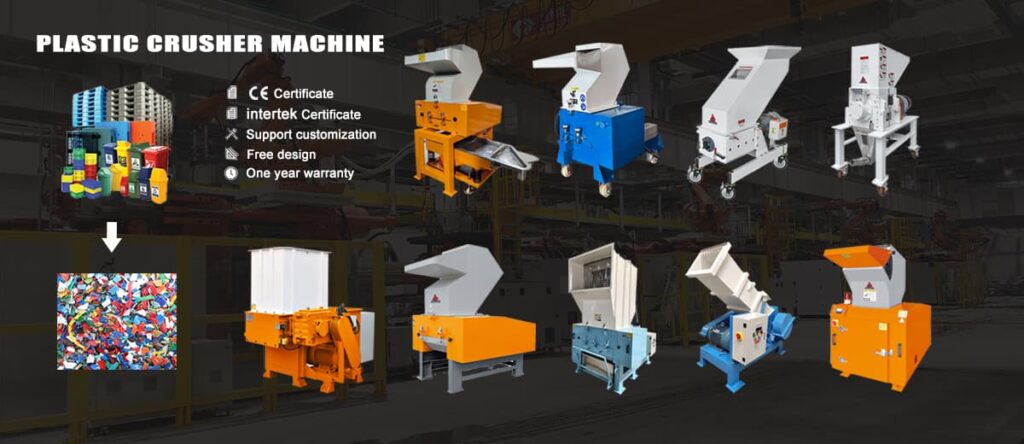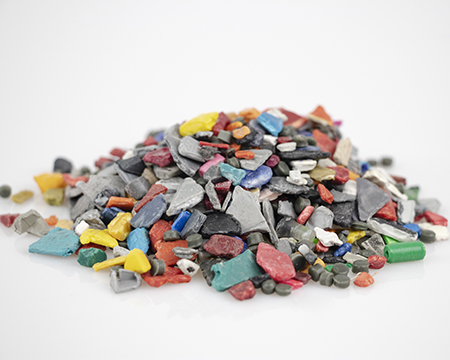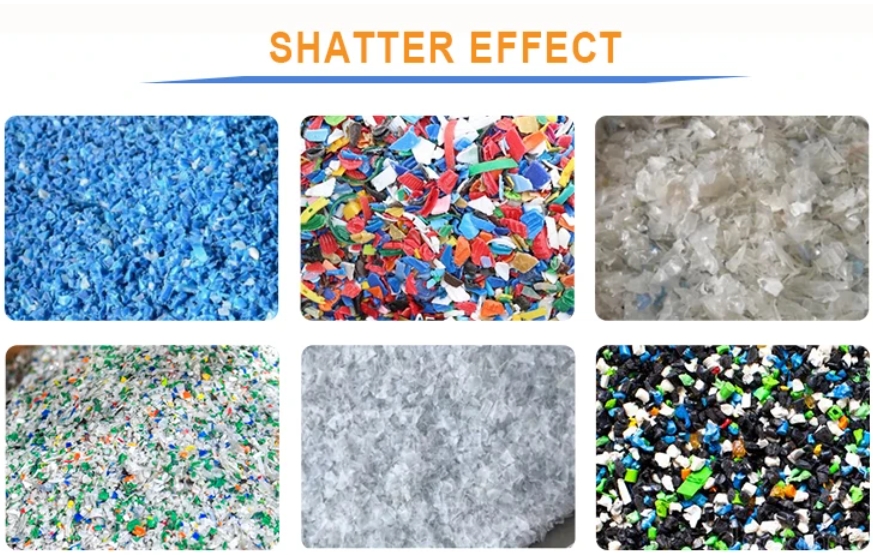
The price of PET bottle crush, also known as PET bottle scrap or recycled PET , is a key component in the global recycling and waste management industry. PET bottles are ubiquitous in everyday life, found in beverages, cleaning products, and food packaging. With rising environmental concerns and the growing need for sustainable practices, the market for PET bottle crush has gained significant attention. This article explores the factors influencing PET bottle crush prices, its market dynamics, and its importance in the recycling sector.
1. What is PET Bottle Crush?
PET bottle crush refers to the process of compressing or shredding used PET plastic bottles into smaller pieces, which can then be reused in manufacturing or recycling processes. These crushed PET bottles are typically cleaned and processed into pellets or flakes, which are then repurposed to create new products such as clothing, carpeting, or new plastic containers. This recycling process helps reduce the environmental impact of plastic waste and supports the circular economy by giving PET a second life.

2. Factors Affecting PET Bottle Crush Price
Several key factors influence the pricing of PET bottle crush, and they often fluctuate based on both global and regional dynamics:
a. Raw Material Supply and Demand
The supply of PET bottles is heavily influenced by consumer behavior, the production of beverages, and the overall plastic consumption rate. As demand for PET products increases, so does the availability of used PET bottles for recycling. The higher the supply of these bottles, the more competitive the market, which can lower prices. Conversely, if supply is limited due to reduced consumption or more efficient recycling processes, prices can rise.
b. Crude Oil Prices
Since PET is derived from petroleum-based products, fluctuations in crude oil prices play a significant role in determining the cost of virgin PET. When crude oil prices increase, the cost of producing new PET bottles rises, which can make recycled PET more attractive and increase demand for crushed PET bottles. Conversely, when crude oil prices decrease, virgin PET becomes cheaper, which can reduce demand for recycled PET and lower its price.
c. Recycling Infrastructure and Efficiency
The efficiency of local recycling systems and facilities can greatly impact the cost of collecting, sorting, and processing PET bottles. More advanced or widespread recycling technologies can lower the cost of converting used bottles into valuable rPET. Regions with strong recycling programs typically have lower processing costs, which can keep the price of crushed PET more stable.
d. Quality and Contamination Levels
The quality of PET bottle crush can vary depending on the cleanliness and level of contamination in the bottles. PET bottles that are free from contaminants, such as food residue, labels, or other plastics, are more desirable in the recycling process. Higher-quality rPET tends to command a premium price in the market because it requires less processing to be reused in manufacturing.
e. Environmental Regulations and Policies
Governments worldwide are increasingly enacting regulations that promote recycling and reduce plastic waste. Policies such as extended producer responsibility (EPR), plastic bottle deposit schemes, or stricter recycling mandates can encourage more efficient recycling, increasing the supply of PET bottle crush. These regulations can either drive up the price of crushed PET by increasing demand for recycled material or decrease it by making the recycling process more standardized and efficient.
f. Global Trade and Export Market
Countries that lack sufficient domestic recycling infrastructure often rely on importing crushed PET or rPET. Therefore, international trade policies and the demand for PET recycling in other regions, such as Europe or Asia, can influence prices. For instance, when major importers like China impose restrictions on plastic waste imports, it can create an oversupply of crushed PET in the export markets, leading to price fluctuations.

3. Market Trends and Outlook
Over recent years, the demand for recycled PET (rPET) has surged due to growing awareness about plastic pollution and the increasing adoption of sustainable packaging. Major corporations are moving toward using more recycled materials in their products to reduce their carbon footprint and align with sustainability goals. This shift is expected to keep demand for PET bottle crush high, pushing prices upward.
Additionally, the development of advanced recycling technologies such as chemical recycling and depolymerization could revolutionize the PET recycling market, potentially lowering processing costs and increasing the availability of high-quality rPET. However, such innovations are still in the early stages of commercialization, and their impact on prices is not yet fully realized.
4. Conclusion
The price of PET bottle crush is influenced by a combination of market dynamics, including raw material availability, crude oil prices, recycling efficiency, and environmental policies. As sustainability becomes an even greater priority worldwide, the market for crushed PET bottles is expected to remain strong, and prices will likely continue to be affected by a balance between supply and demand. As we move toward a more circular economy, the recycling of PET bottles will play an increasingly important role in reducing waste and conserving resources, ensuring that this market remains vital in the years to come.
Understanding these price fluctuations and market drivers is essential for businesses, recyclers, and policymakers to navigate the complexities of the PET recycling industry effectively.


